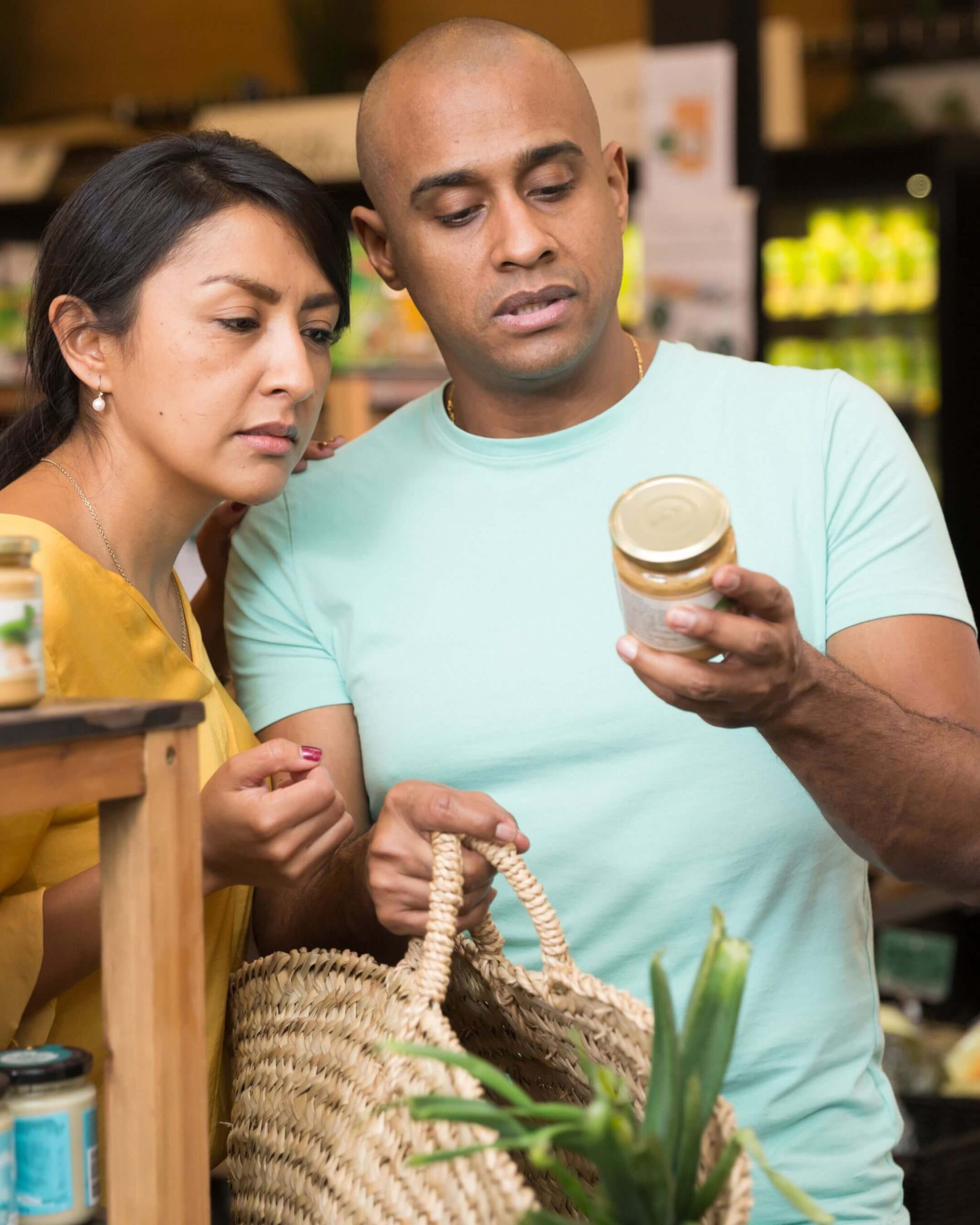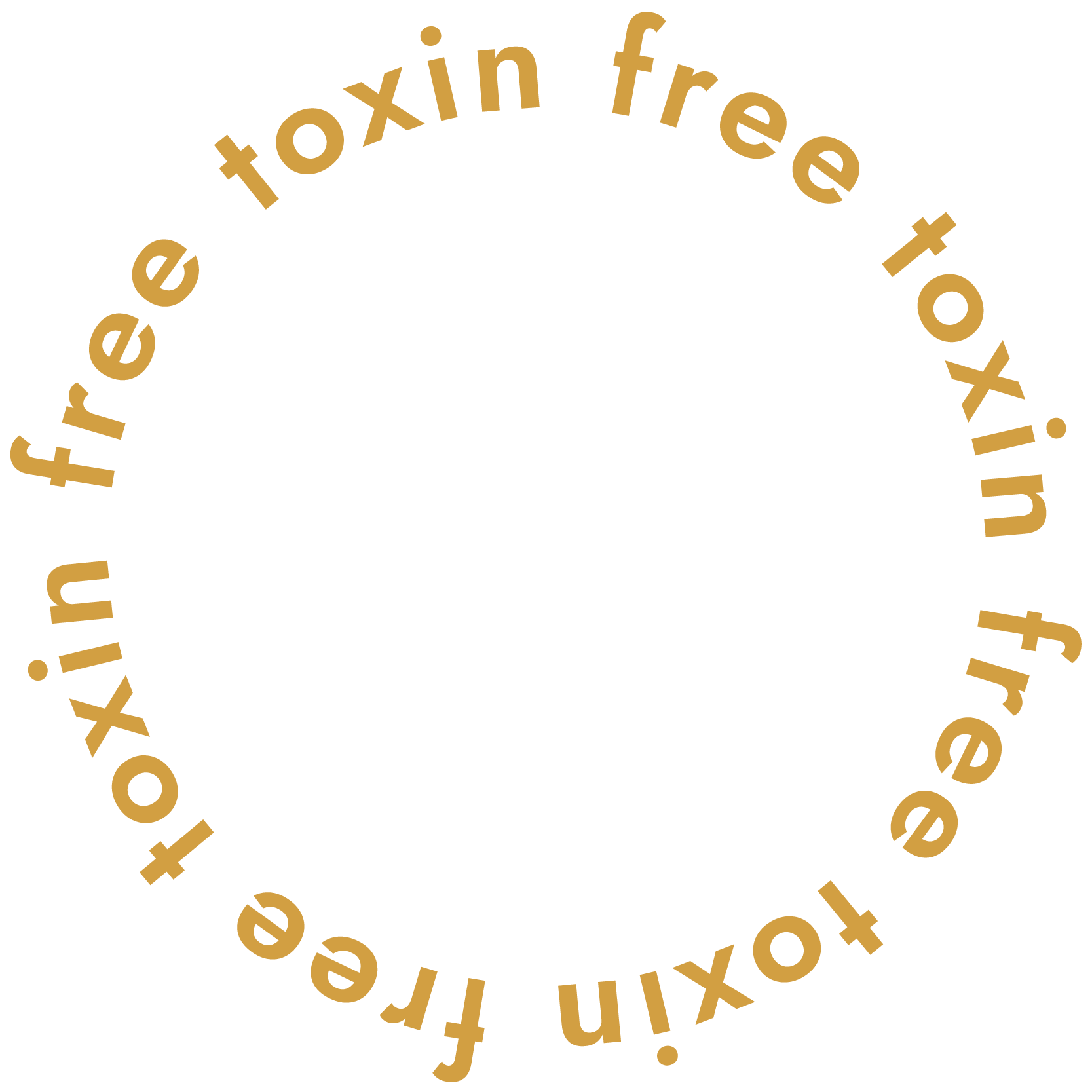Apple Podcasts | Spotify
I want to create a culture where label reading is cool. Imagine if everybody read labels and cared about the ingredients that were in our products. Companies would have to start making cleaner products.
They would see people gravitating to and purchasing cleaner products. We all know our money is the ultimate needle mover, so I created this episode to introduce label reading. If you’re new here, this is also a great episode to serve as a roadmap to the rest of the podcast.
I know label reading can be overwhelming for people. When you’re shopping, especially if you’ve got kids in tow, stopping to scan the label might be the last thing on your mind. But when you’re armed with the basic knowledge needed to quickly and effectively spot harmful ingredients, it can feel empowering.
Not only will I be going through the most pervasive and harmful ingredients to spot, but I’ll also provide a quick list of safer alternatives. When you master this skill, you don’t have to wait for me or anyone else to give the red or green light on a product.
Download this free guide with 25 ingredients to avoid!
In this episode, we’re chatting about:
- Why I believe in the power of label reading
- The three main ingredients to avoid
- How to actually spot these ingredients on a label
- Toxin-free alternatives to look out for
3 Main Ingredients to Avoid
Fragrance
Step one of the label hacking method is to look for the word fragrance or parfum; that is a red flag. The word fragrance can hide up to 3,000 different ingredients, including fixatives, solvents, preservatives, and things that don’t have to be disclosed, which is why I call it undisclosed fragrance. Those thousands of ingredients can be reproductive toxins that lead to infertility, PCOS, and other hormone issues.
If a product says fragrance, you need to dig a little deeper. Look for a company that puts an asterisk or gives you more details on their website even or at the bottom of the bottle. Ideally, it should have the Latin botanical name of an essential oil in the ingredient list itself. That is the best way to know that you are buying a product with only essential oils in it and it doesn’t have added fragrance.
Preferably, the word ‘fragrance’ would not be there and in the actual ingredient label, you’ll see Latin botanical names of essential oils. Avoid products that say:
- Natural fragrance
- Plant-derived fragrance
- Generic words for fragrance
It doesn’t mean they are safer than synthetic fragrance because they can still hide harmful ingredients. To make it simple, skip anything that says fragrance or go fragrance-free.
I have two amazing episodes for you to learn more about the health risks of fragrance. One of them is episode 46 and it’s about the link between fragrance and infertility. Episode 59 explains a study that was done that shows that by decreasing the use of phthalates, which are found in fragrance, you can decrease the cancer risk markers in breast tissue by 73%.
Preservatives and Parabens
Step two of label reading is to check the preservative. Any product that has water in it as an ingredient must have a preservative. Preservatives make sure that mold and bacteria don’t grow. Serious things can happen when you put products on your body that have bacteria growing in them.
Some preservatives release formaldehyde over time as they break down. You definitely want to avoid those. There is a long list of preservatives that companies are using that have toxicity issues that you should be avoiding. On that list of preservatives to avoid, you’re also going to see a couple that sounds like they should be natural, like grapefruit seed oil. It actually has other toxic preservatives added into the formulation as a preservative.
On the list you downloaded, there’s also a list of what you want to look for that I consider safe preservatives. If you see that preservative it’s Wendy approved. I deep dive into episode 30 on an ingredient called phenoxyethanol, which is what I consider a “not as bad preservative”, but it’s an ingredient that I try to either avoid completely or limit.
Ethoxylated Ingredients
The third step is you want to look for ethoxylated ingredients. Ethoxylated ingredients are made with ethylene oxide, which is a known carcinogen. When that process is complete and you have your final ingredient, it contains traces of 1,4-dioxane, which is another carcinogen. There are so many products on the market with none of these ingredients; I would choose those. Even if it’s a small amount of carcinogens, you’re still exposing yourself to multiple products multiple times a day to these carcinogens. Your exposure begins to accumulate.
In your cheat sheet, step three gives you a list of all the things that are considered ethoxylated ingredients. Anything with ‘ethoxylate’ is a dead giveaway, but also anything that is a PEG. You’ll see a lot of PEG-(a number). Polysorbates are also ethoxylated ingredients. Episode 40 does a deep dive into what ethoxylated ingredients are, where you find them, and what the problem is with them.
Learning Label Reading
For a limited time only, doors are open to Toxin Free in 3! This is the last time I’m offering this course as one comprehensive package. So jump in before it’s too late!
I’m fully aware that some people just want to be told what to buy. If you are that person, hop on over to my toxin-free shopping guide and you can shop your heart out. I have vetted every single thing over on that shopping guide and it’s organized by category.
Whatever option you choose, you’ll be working toward a more toxin-free life. If a product can meet these three steps, you can bet with pretty good accuracy that it also doesn’t have any of the other top 25 toxins to avoid in the product. While this label reading method isn’t perfect, this is absolutely an easy, simple, and actionable way to start learning how to read labels.
If you enjoyed this week’s episode, please:
- Leave a positive review or rating wherever you listen
- Shop toxin-free products on my Toxin Free Shopping Guide
- Download your free 25 Toxins to Avoid
- Post a screenshot, share what you loved, and tag me on Instagram @wendy_toxinfreeish
- Want to ask me a question to get answered on the podcast? Leave me a voice message here.
Related Episodes:
Episode 30: Phenoxyethanol: Clean Beauty’s Dirty Little Secret
Episode 40: Not So Clean?? An In-depth Look at Ethoxylated Ingredients
Episode 46: The Link Between Fragrance & Infertility: Cracking the Fragrance Code, Part 3
Episode 59: Eliminating Phthalates and Parabens Can Reduce Breast Cancer Risk by 73%


+ show Comments
- Hide Comments